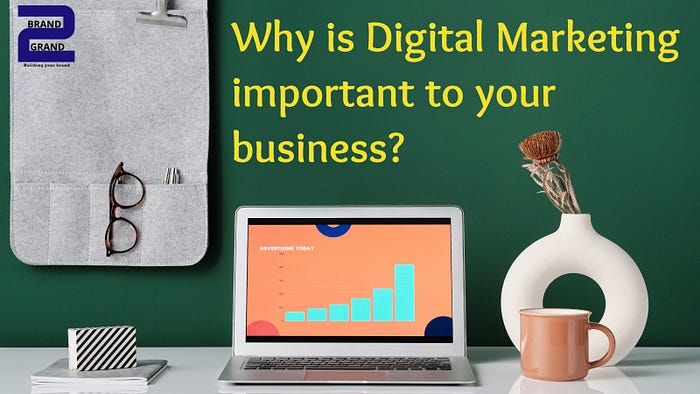
With the ever-increasing importance of online advertising, businesses need effective tools to reach their target audience and drive growth. Google Ads is a powerful platform that allows businesses to promote their products and services on Google’s vast network. In this blog post, we will delve into what Google Ads is, how it works, and the numerous benefits it offers to businesses.
Understanding Google Ads
Google Ads, formerly known as Google AdWords, is an online advertising platform developed by Google. It enables businesses to display their ads on Google’s search engine results pages (SERPs), partner websites, and other online platforms. Key components of Google Ads include keywords, ad campaigns, ad groups, and ad extensions. The platform operates on a pay-per-click (PPC) model, meaning businesses only pay when users click on their ads.
How Google Ads Works
Google Ads employs an auction system where advertisers bid for ad placement. The ad auction considers various factors, including the bid amount, ad quality, and landing page experience. Advertisers choose keywords relevant to their business, and when users search for those keywords, relevant ads are displayed. Ad targeting options, such as location, demographics, and interests, help businesses reach their desired audience effectively.
Benefits of Google Ads
Increased Reach and Visibility: Google Ads provides access to a vast audience through billions of daily searches on Google, ensuring businesses can connect with a wide range of potential customers.
Targeted Advertising: With Google Ads, businesses can deliver highly targeted ads to users actively searching for relevant keywords, increasing the chances of capturing the attention and interest of potential customers.
Cost-Effectiveness and Control: Google Ads offers cost-effective advertising compared to traditional channels. Businesses have control over their budget, spending limits, and bidding strategies, ensuring they can allocate their advertising budget effectively.
Measurable Results and ROI: Google Ads provides detailed performance metrics, allowing businesses to measure the success of their campaigns. Tracking key performance indicators (KPIs) such as clicks, impressions, conversions, and cost per conversion helps businesses evaluate their ROI and make data-driven decisions.
Remarketing and Audience Targeting: Google Ads allows businesses to target users who have previously interacted with their website or ads, increasing the likelihood of conversions. Audience targeting based on demographics, interests, and online behavior helps businesses reach specific user groups effectively.
Flexibility and Customization: Google Ads offers a variety of ad formats, including text ads, display ads, and video ads, providing businesses with the flexibility to choose the format that aligns with their goals. Customization options for ad messages, landing pages, and ad extensions help businesses create tailored ad experiences.
Conclusion:-
Google Ads is a powerful online advertising platform that enables businesses to reach a vast audience, deliver highly targeted ads, achieve cost-effectiveness, measure results and ROI, utilize remarketing and audience targeting, and leverage flexibility and customization. By utilizing Google Ads as part of their online advertising strategy, businesses can expand their online presence, drive traffic, and achieve their marketing goals. Embrace the benefits of Google Ads and unlock its potential to propel your business forward in the dynamic digital landscape.


